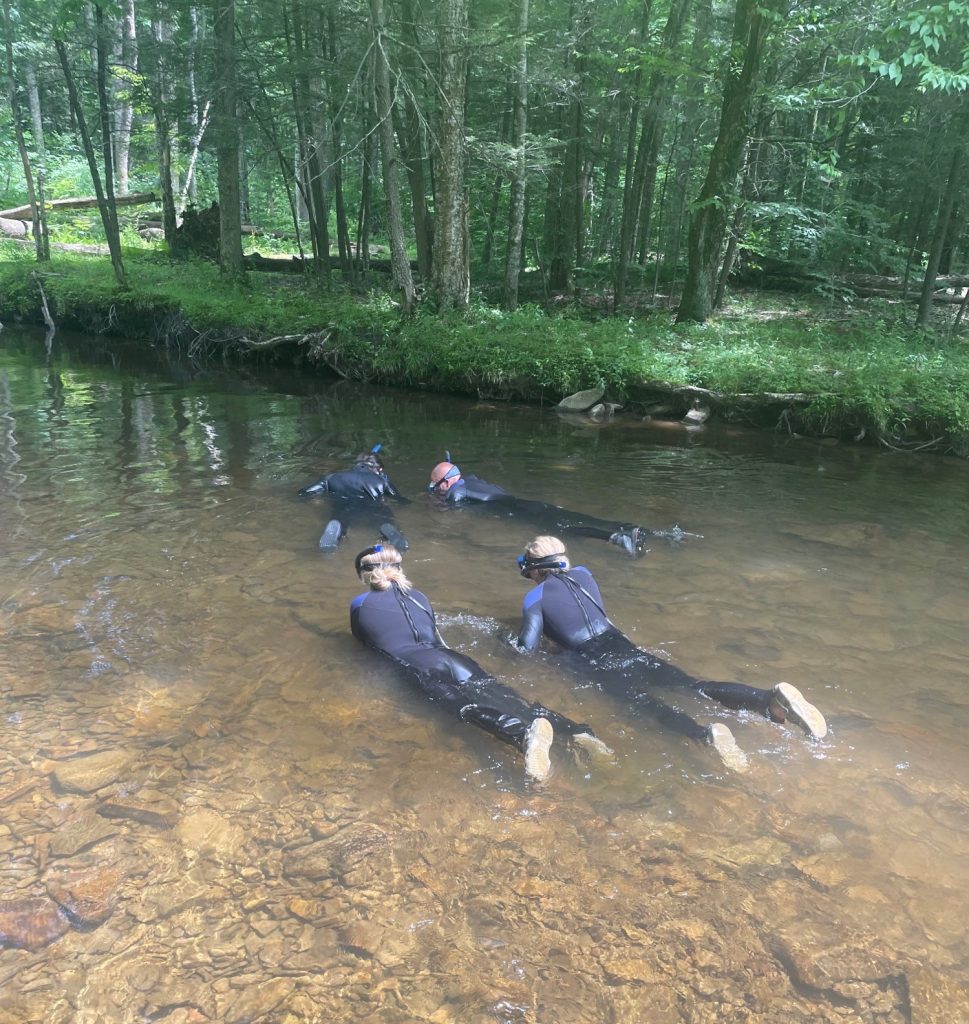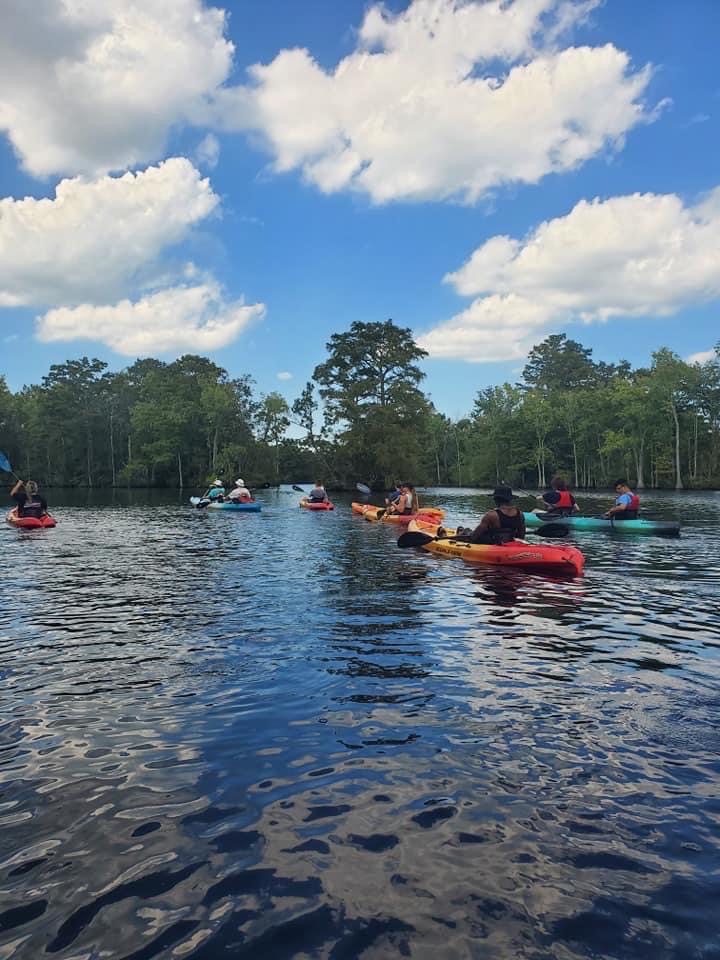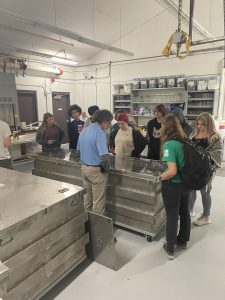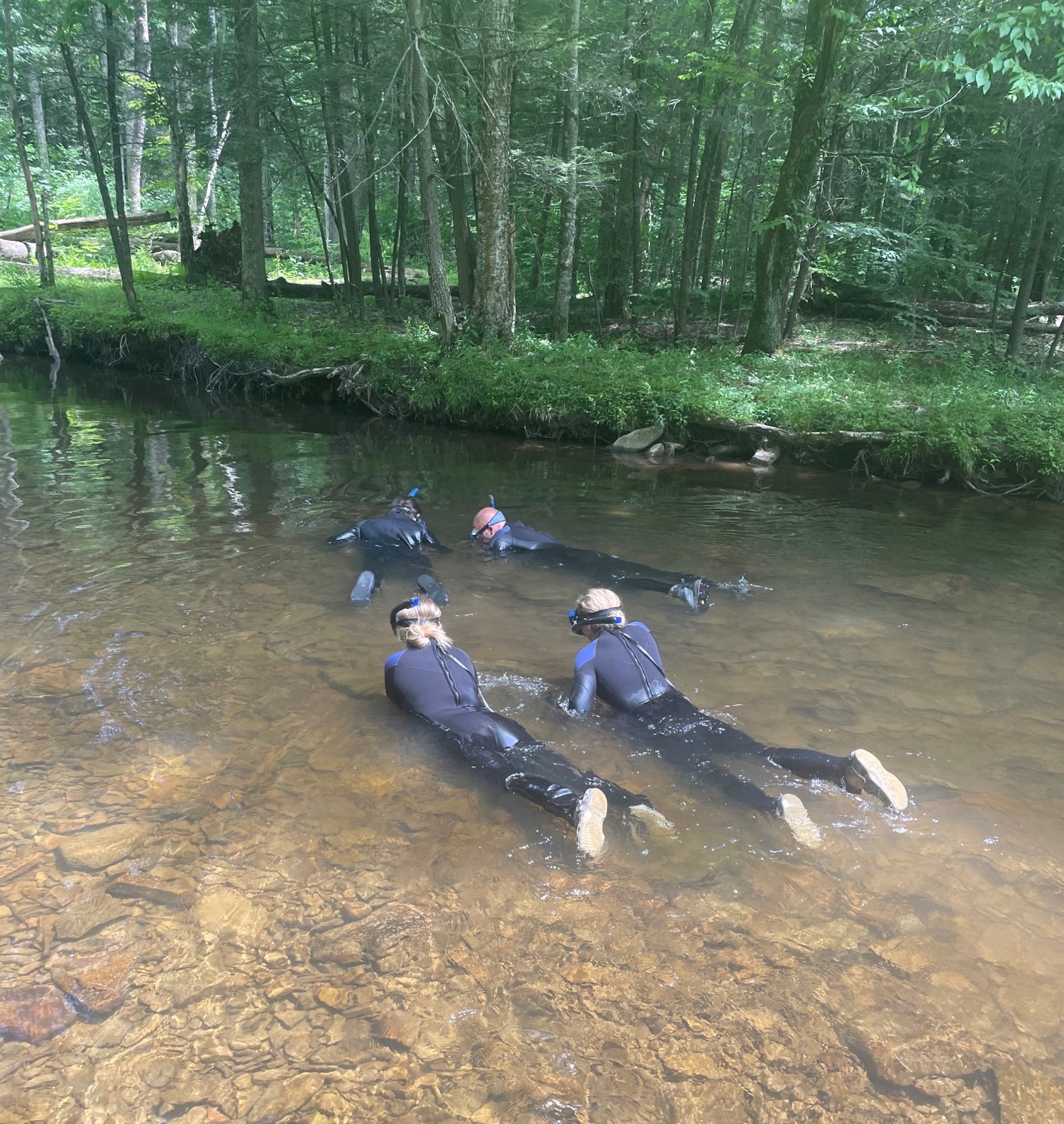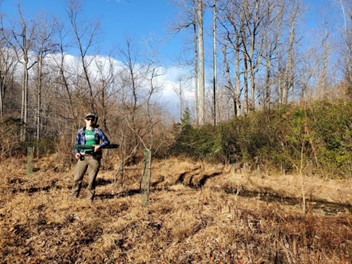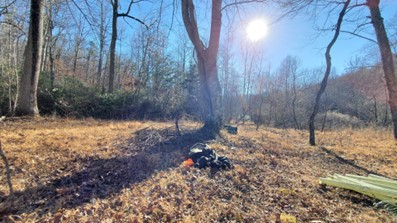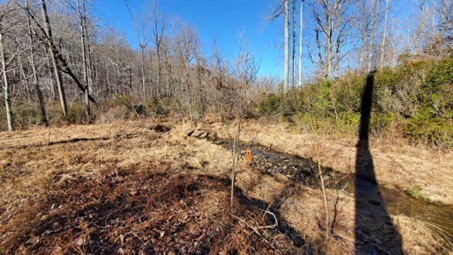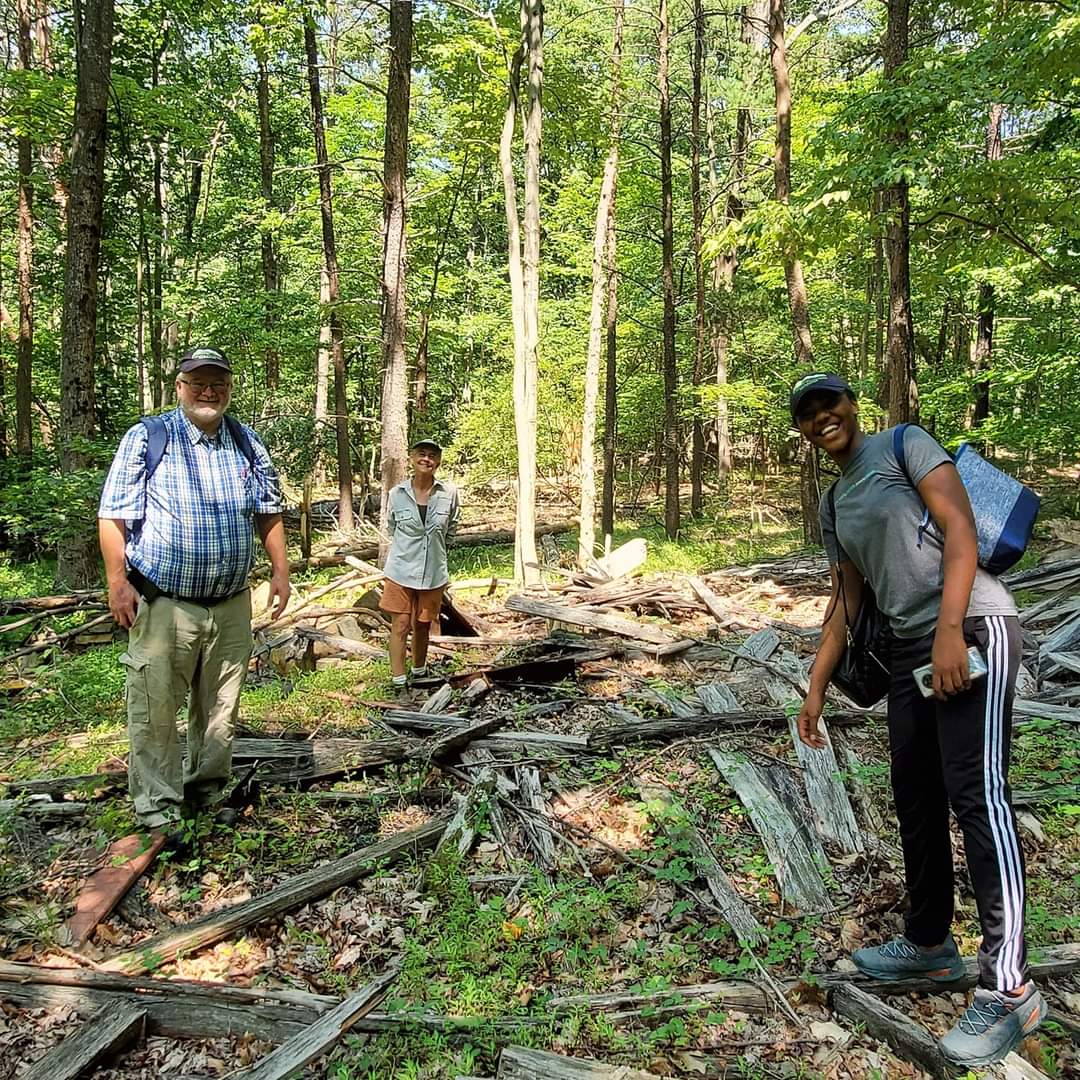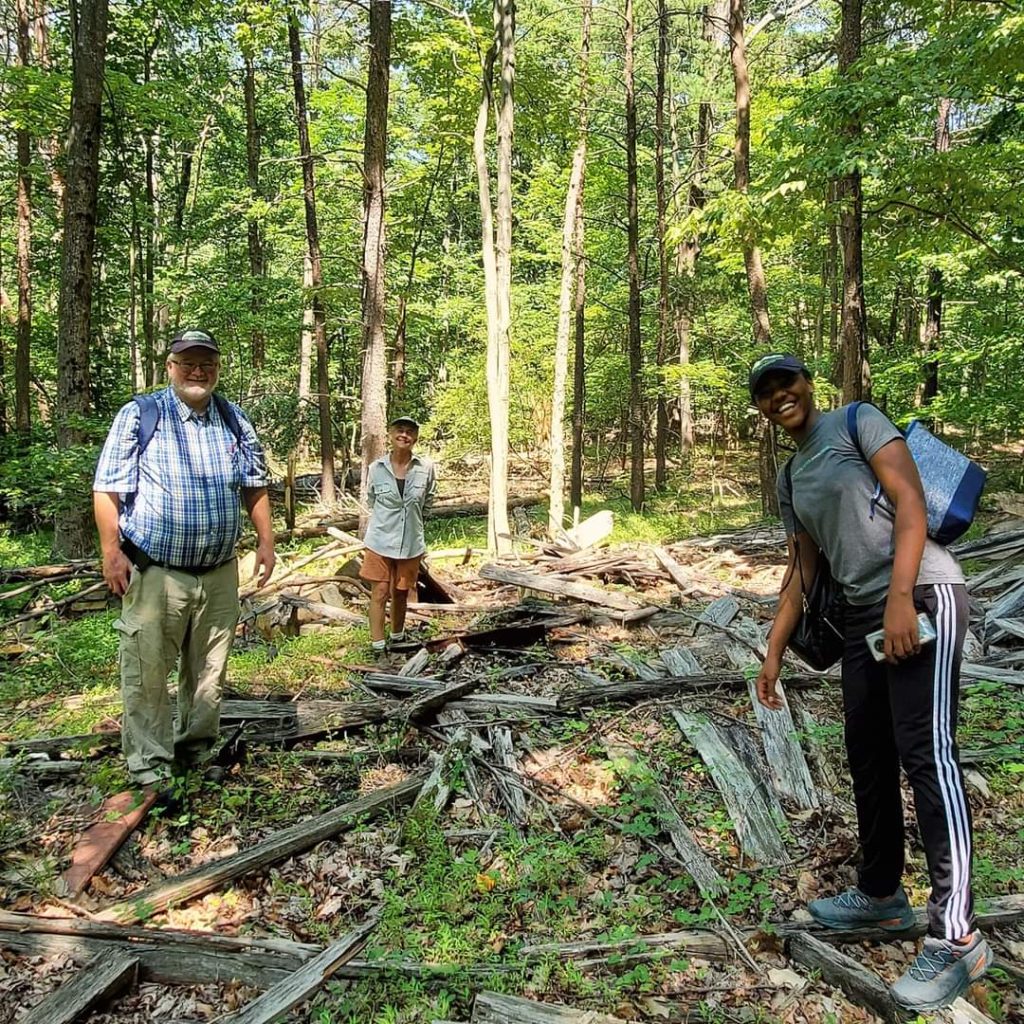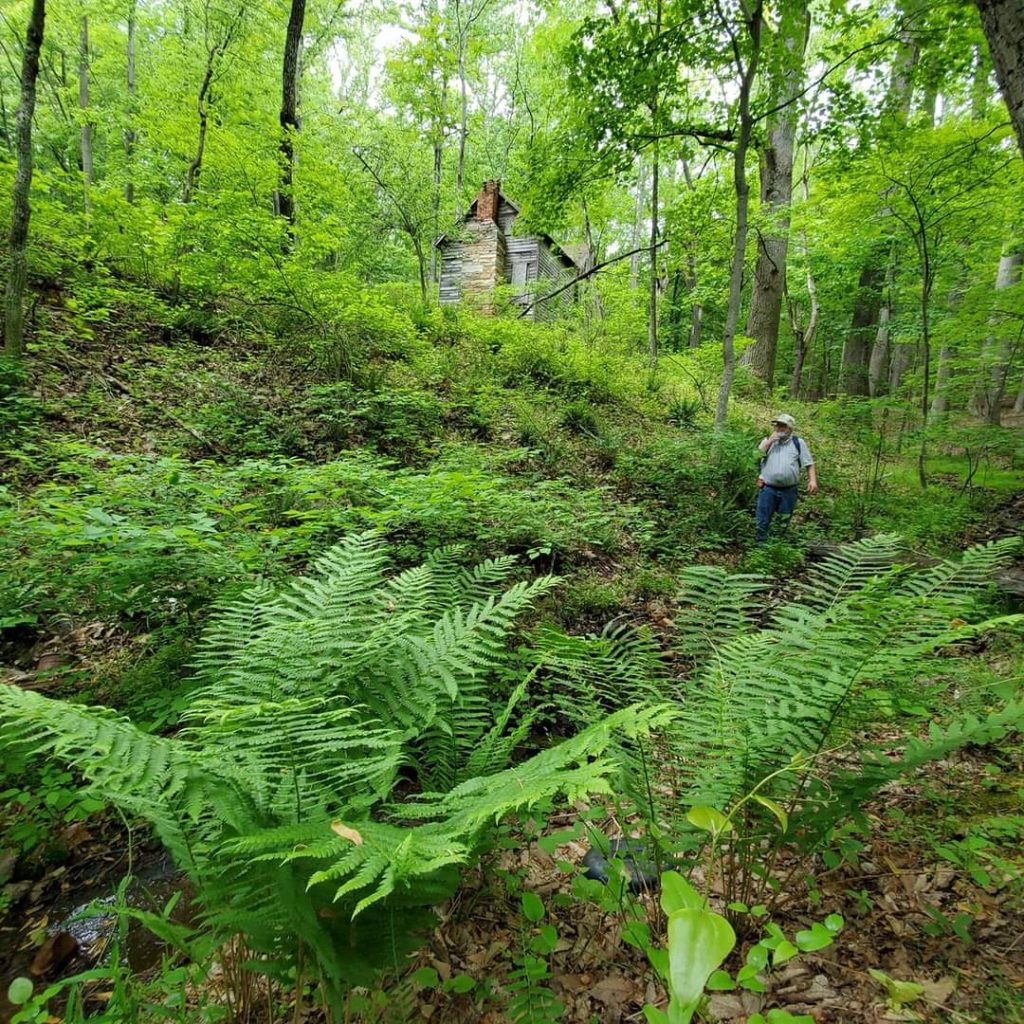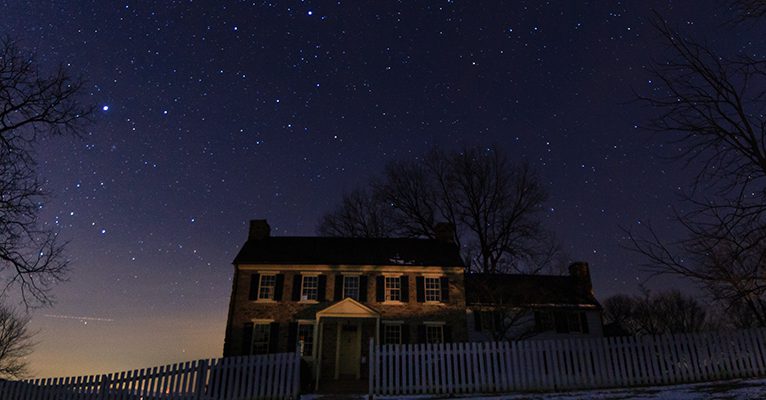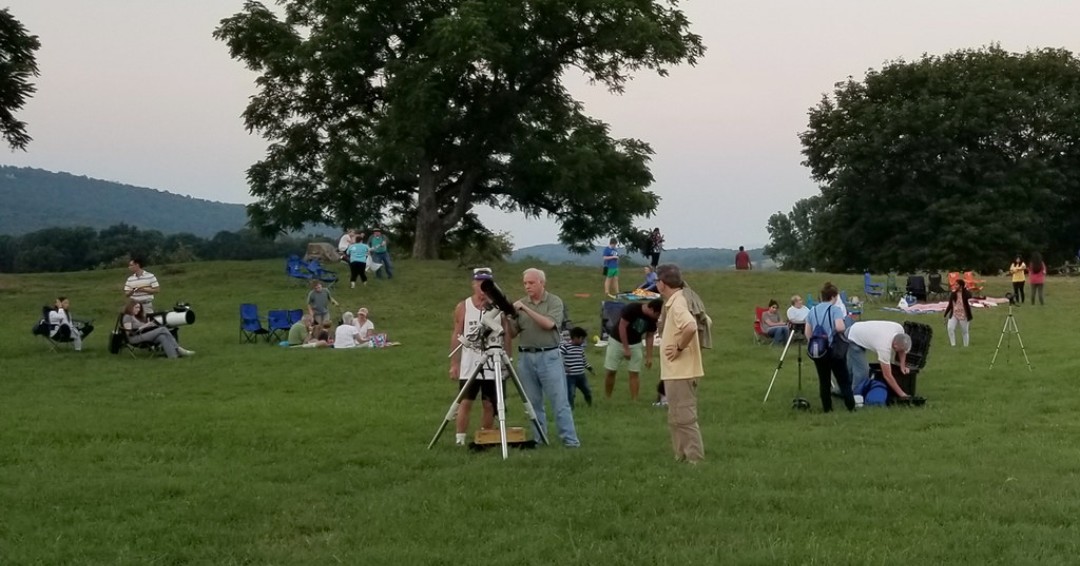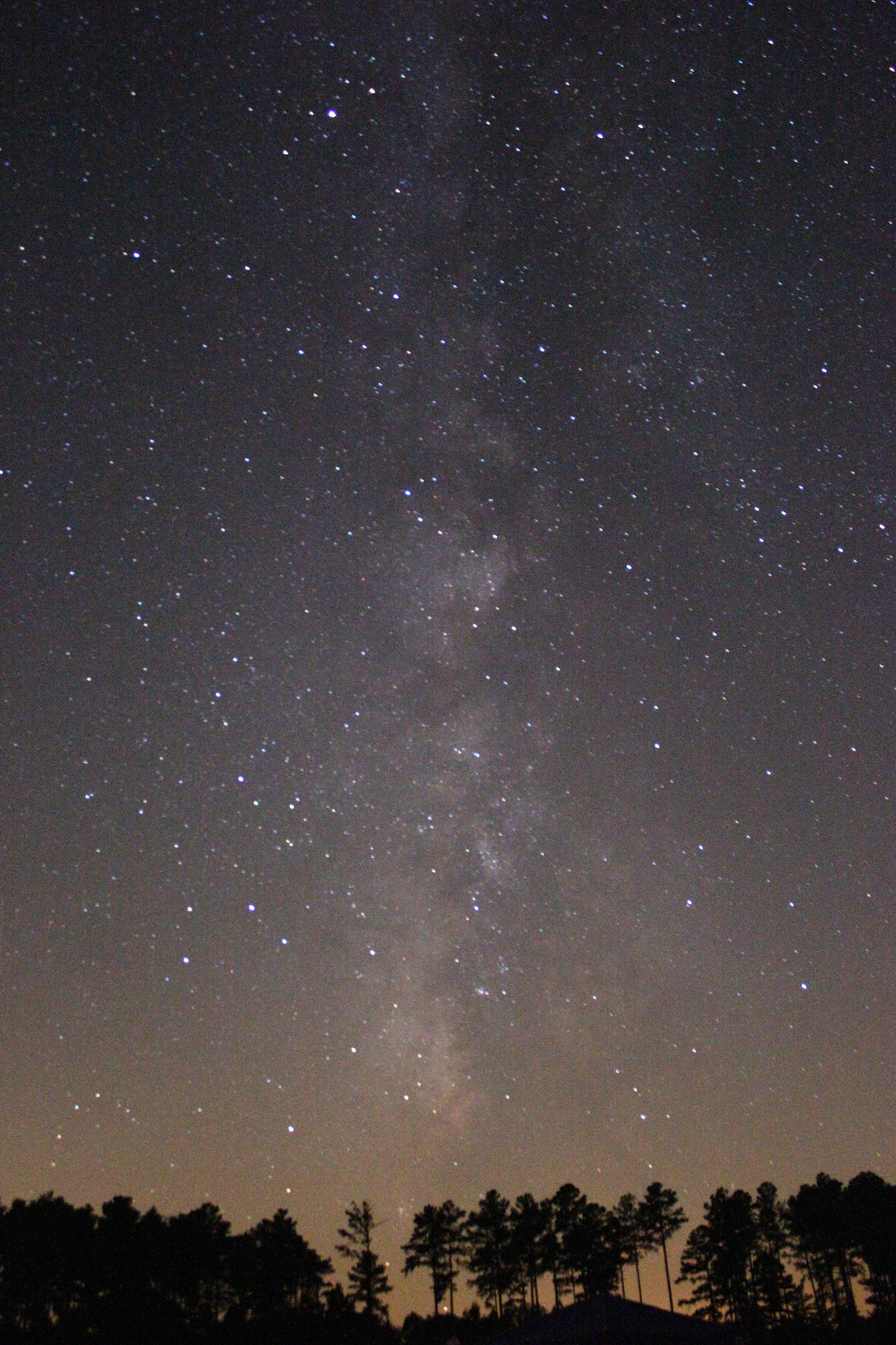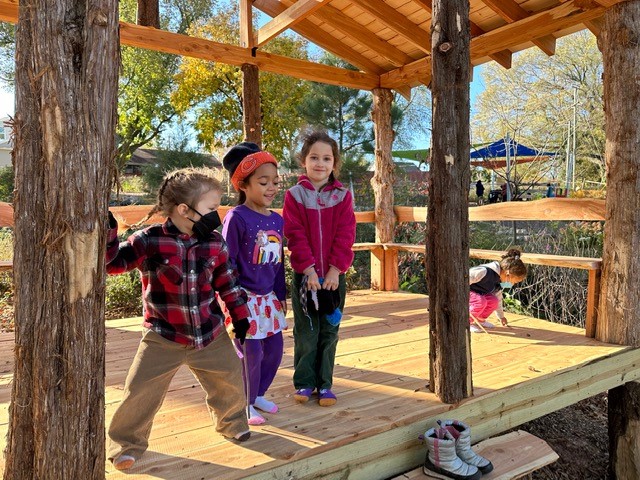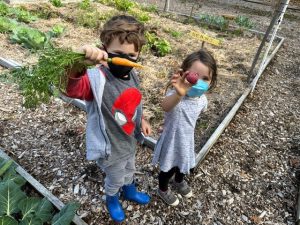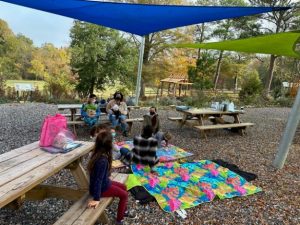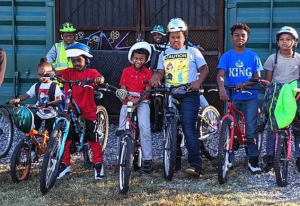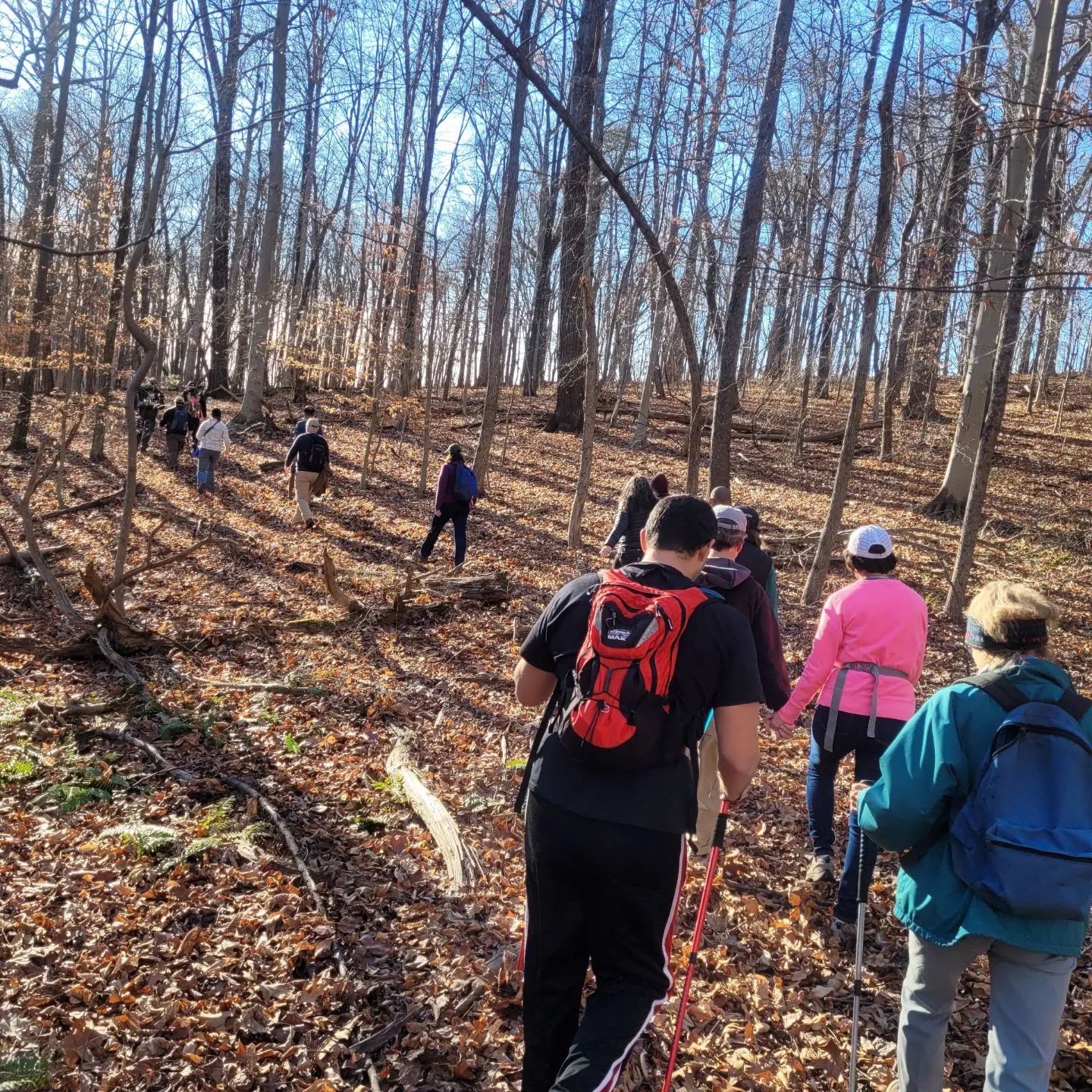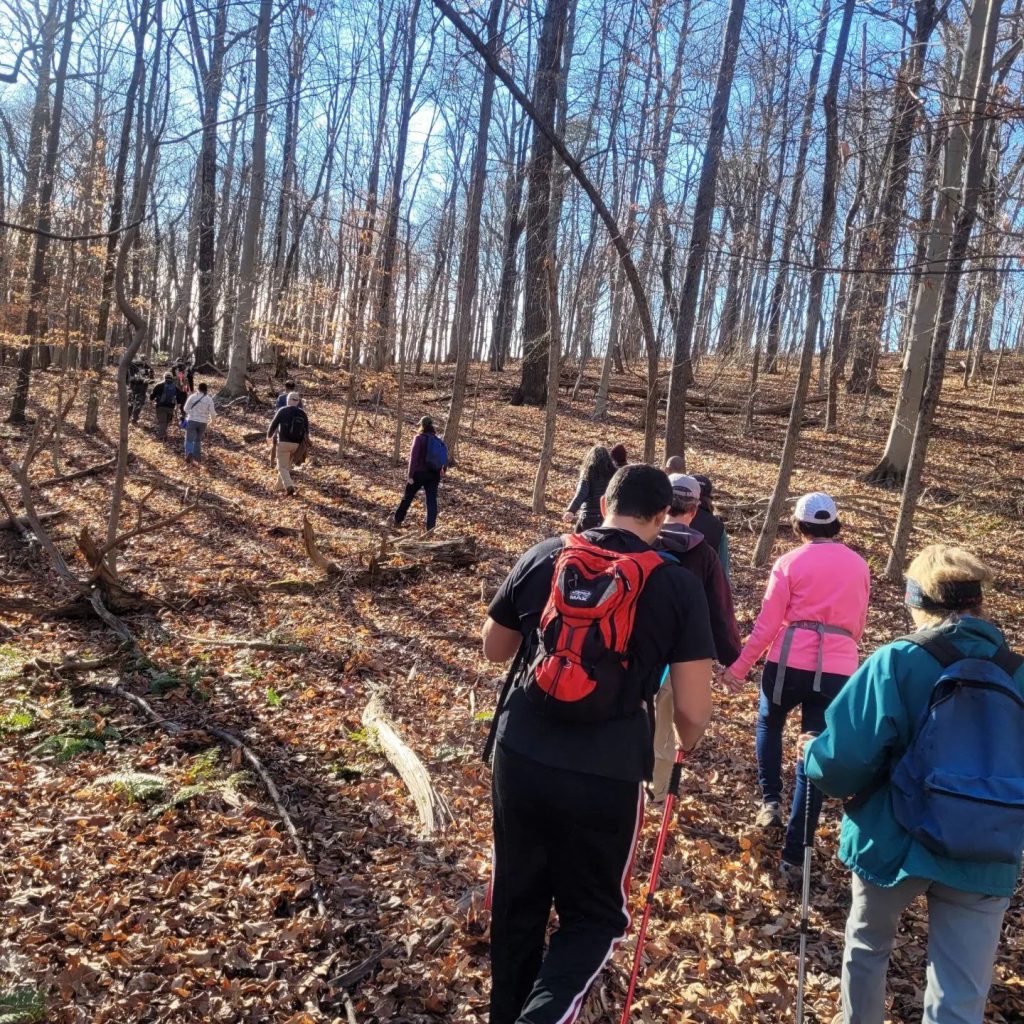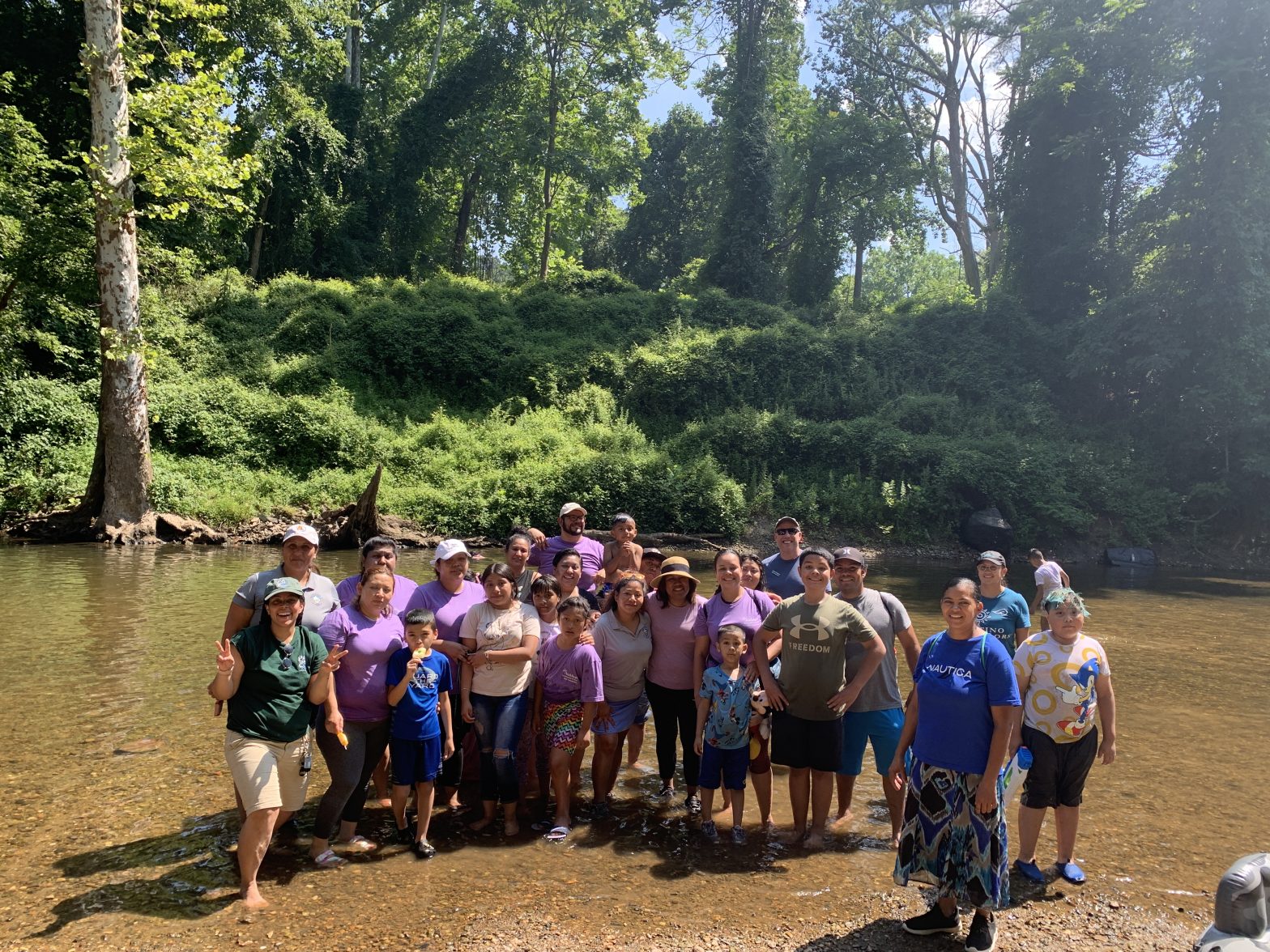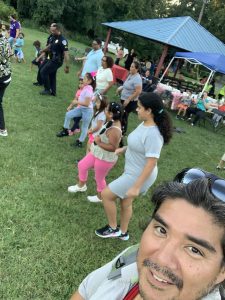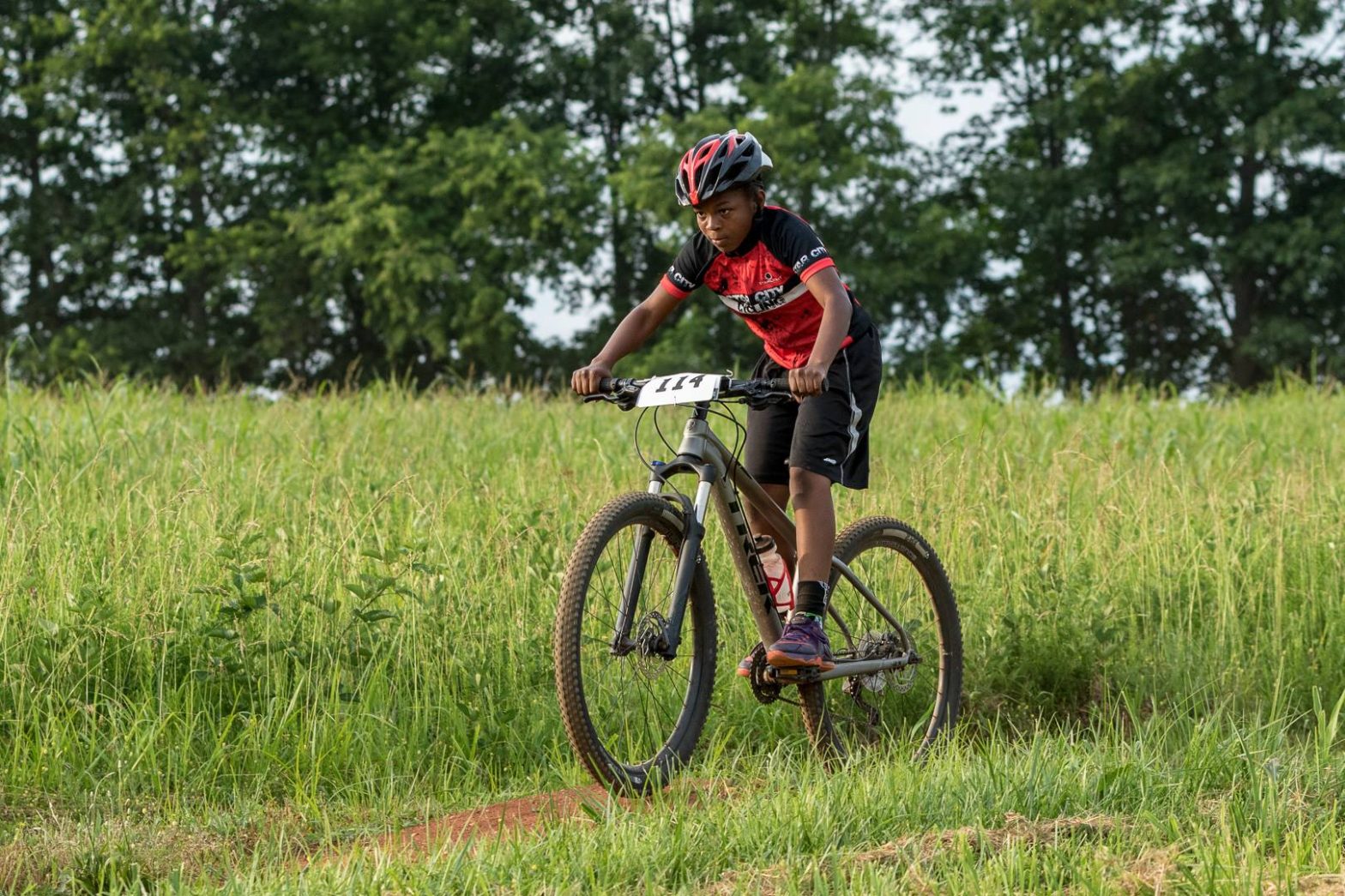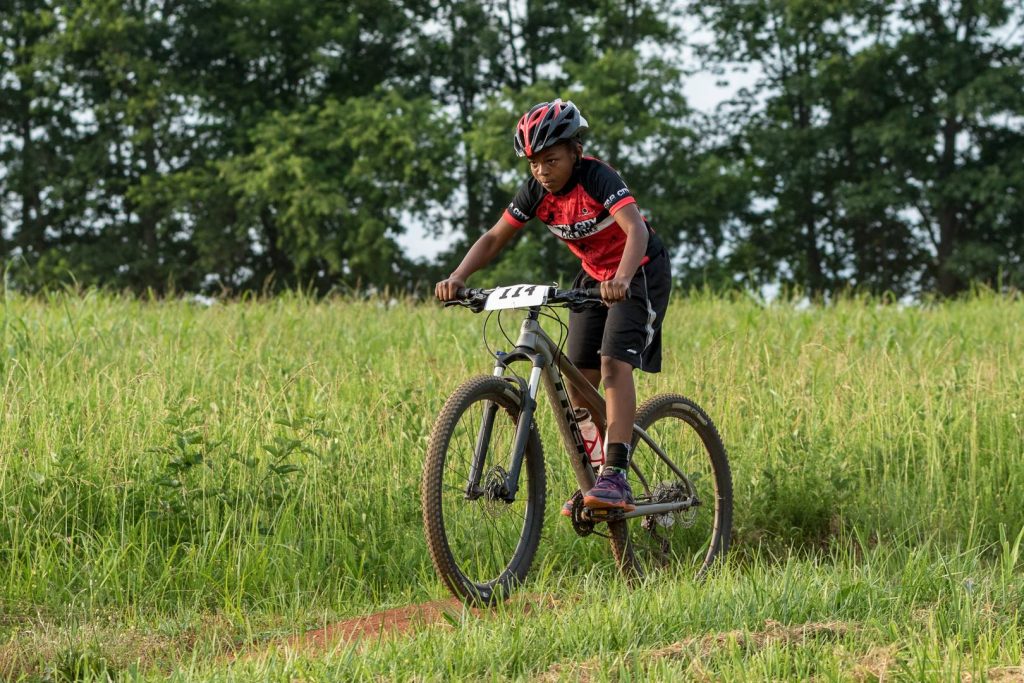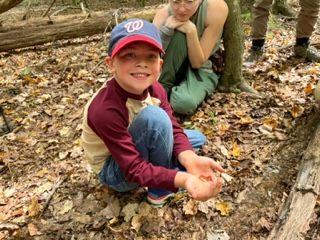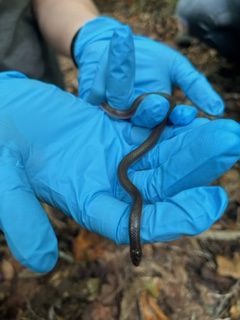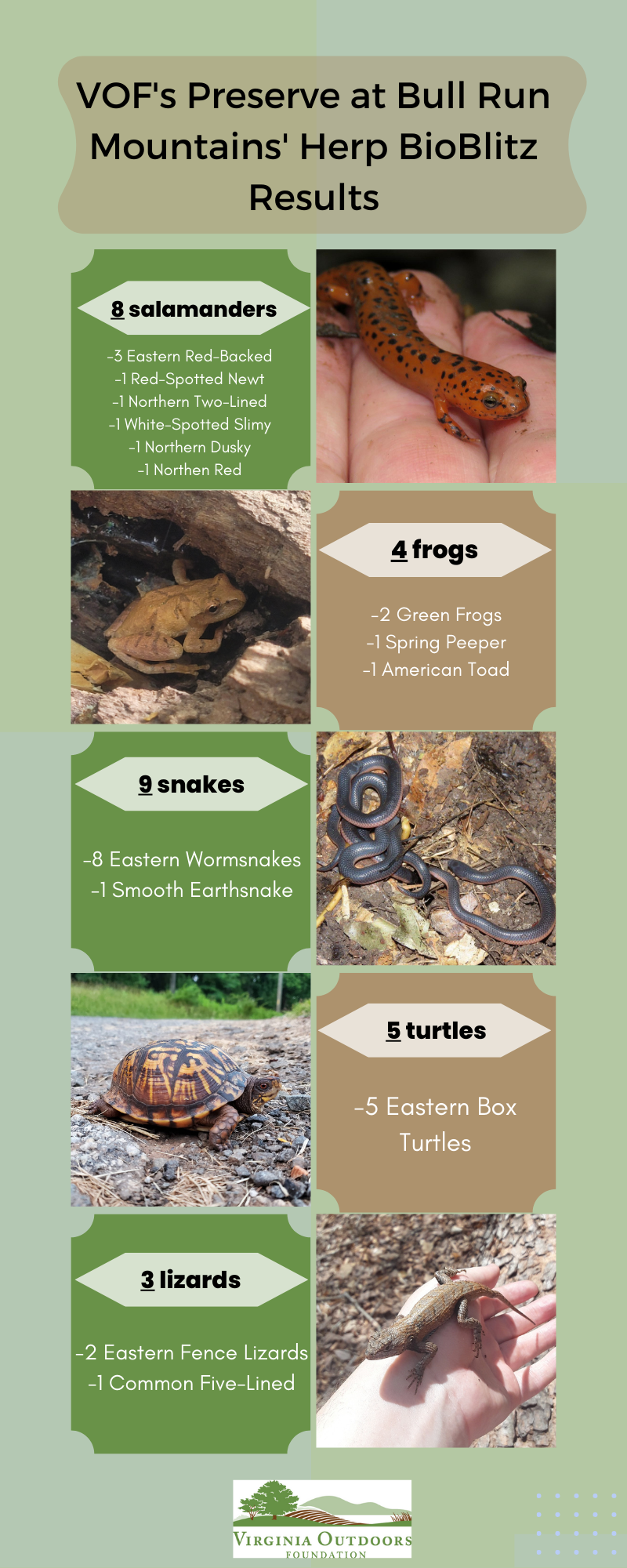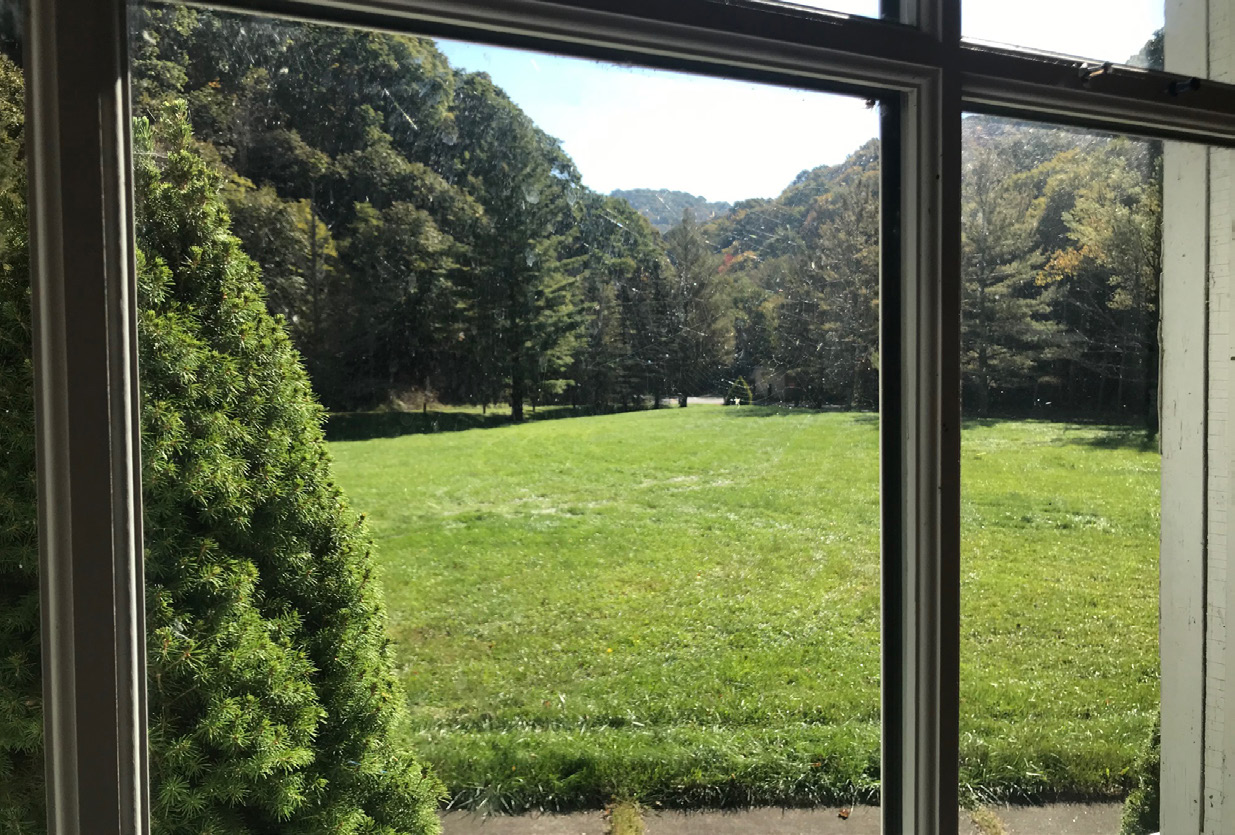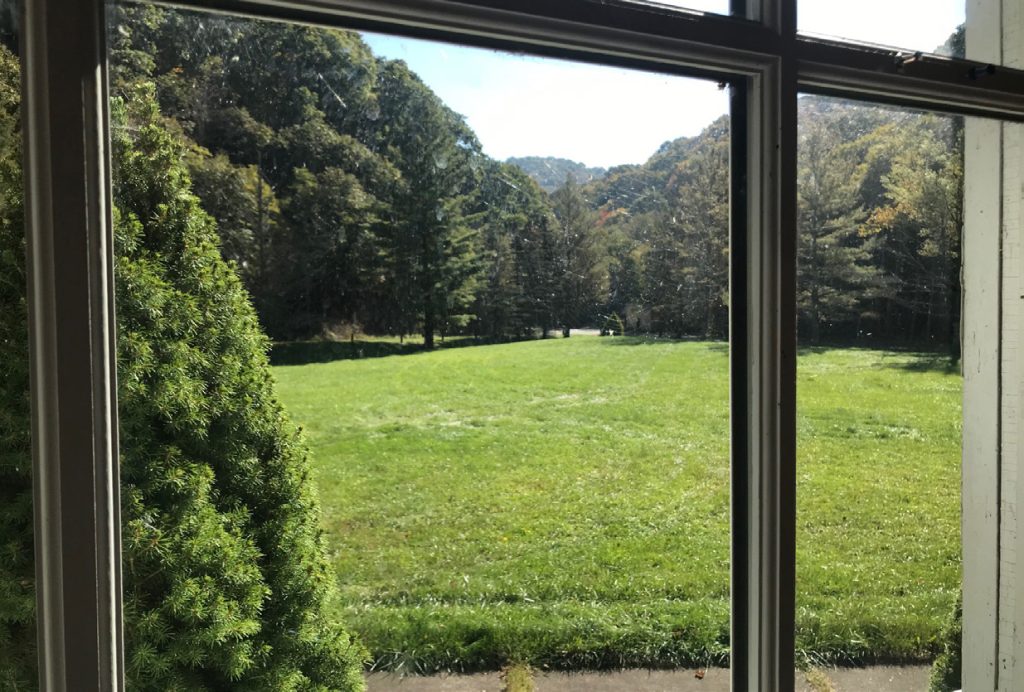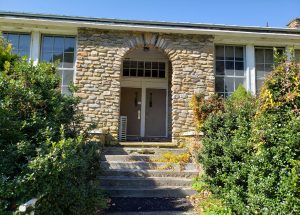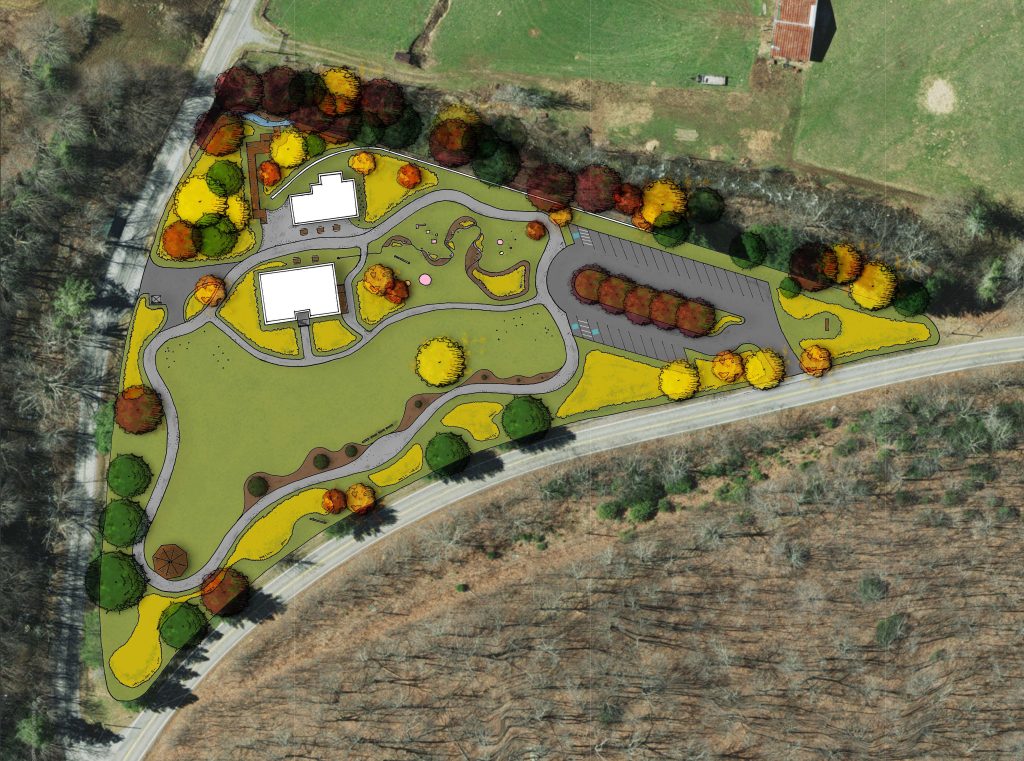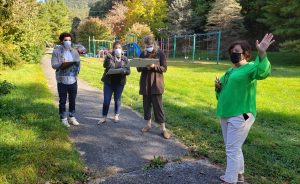The Virginia Outdoors Foundation (VOF) today announced $1,900,014 in grants for projects that increase access to public open space in 21 counties and cities.
The 24 grants were awarded from VOF’s Preservation Trust Fund and Get Outdoors Fund grant programs. The Preservation Trust Fund program provides grants for acquisitions, easements, rights of way, and other methods of protecting open space for farming, forestry, recreation, wildlife, water quality, and more. The Get Outdoors Fund provides grants for projects that increase safe access to open space in communities.
To learn more about VOF’s grant programs, visit https://www.vof.org/protect/grants/.
Grant Recipient Summaries
Preservation Trust Fund
Grantee: Agrarian Trust
Locality: City of Petersburg
Grant Amount: $278,500
Project Title: Central Virginia Agrarian Commons – Petersburg Oasis Community Farm
Description: The Central Virginia Agrarian Commons is fundraising to acquire title ownership to 535 Beech Street to ensure its permanent use as a regenerative food production farm, farm-to-school center, and farm business incubator. Placing 4.12 acres of the 5.12-acre property under an open-space easement with the Virginia Outdoors Foundation would help to ensure the land remains farmland in perpetuity and enable one acre for a building envelop dedicated to future farm and housing infrastructure.
Grantee: Capital Region Land Conservancy
Locality: Chesterfield County
Grant Amount: $150,000
Project Title: Burton Family Farm
Description: The Burton Family Farm consists of two parcels owned by the Estate of Nannie J. Burton in Chesterfield County. The land for this Black Century Farm was first purchased in 1896. CRLC is working to assemble various parcels that have been divided off to preserve a fraction of the original farm to continue its agricultural uses and allow for historical interpretation of the emancipation of enslaved people along the Richmond/Petersburg turnpike in 1865.
Grantee: City of Buena Vista
Locality: City of Buena Vista
Grant Amount: $50,000
Project Title: Buena Vista Downtown Riverfront
Description: The Buena Vista Downtown Riverfront will allow residents and visitors to access the Maury River from downtown. Currently, the flood levee built in 1998 offers a walking trail, but the steep slope and riprap make getting to the water dangerous and difficult. A new path over the levee and new boat ramp will link the downtown’s brewery, restaurants, and shops directly with outdoor recreation.
Grantee: City of Lynchburg Parks & Recreation Department
Locality: City of Lynchburg
Grant Amount: $169,000
Project Title: Perrymont Park Improvements
Description: Perrymont Park is an undeveloped park in the City of Lynchburg. It is located on a parcel that is partly occupied by Perrymont Elementary School (not included in the total acreage) and is in a park desert identified on the current City Parks & Recreation Needs Assessment, meaning a neighborhood whose residents are more than a 10-minute walk away from an active park. The park is planned with a walking loop, off-leash area, a restored wetland, ballfields, an outdoor classroom, and nature paths.
Grantee: Lancaster County
Locality: Lancaster County
Grant Amount: $150,000
Project Title: Carter Cove County Park Creation
Description: Lancaster County seeks to plan the new Carter Cove County Park and to develop initial recreational features. Planned amenities include a kayak/canoe launch, fishing pier, picnic shelter, boat ramp with courtesy dock, and small interpretive center and boat rental office. The county purchased this 5-acre property in 2022 with the goal of increasing public access to the Commonwealth’s waters and to provide equitable recreational opportunities for residents and visitors.
Grantee: Franklin Parks Foundation
Locality: City of Franklin
Grant Amount: $100,000
Project Title: Deer Creek Addition – Blackwater Park
Description: The Franklin Parks Foundation, in partnership with the Virginia Outdoors Foundation, will acquire these 96 acres of prime river frontage on the State Scenic Blackwater River for the creation of additional parkland and a primitive camp site. This property contains old-growth hardwood bottomlands and forestlands with high conservation value. The tract sits at the intersection of two designated Natural Heritage sites.
Grantee: Patrick Henry Memorial Foundation
Locality: Charlotte and Campbell counties
Grant Amount: $150,000
Project Title: Red Hill Plantation
Description: The Patrick Henry Memorial Foundation is seeking to place a permanent open-space easement on 596 acres at Red Hill Plantation located in Brookneal. Red Hill, the home of Patrick Henry, first governor of Virginia, is open to the public 362 days per year, provides substantial outreach and education to both youth and adults, and is the site of an annual U.S. naturalization ceremony held on May 29th.
Grantee: Rappahannock Tribe of Virginia
Locality: Richmond County
Grant Amount: $250,000
Project Title: Rappahannock Tribe’s Return to the River, Phase II
Description: The tribe will acquire and protect 703 acres adjacent to 465 that it owns to create 1,168 acres of contiguous protected lands and solidify its partnership U.S. National Wildlife Refuge System. The project will achieve several objectives: increase connectivity/ecological value of existing protected lands; protect irreplaceable archeological resources; protect important migratory bird habitat; protect nesting, roosting, and migration habitat for bald eagles; and end commercial logging operations by the current owner.
Grantee: Shenandoah Valley Battlefields Foundation
Locality: Shenandoah County
Grant Amount: $28,000
Project Title: Bowman Property (Toms Brook)
Description: This project is for the preservation of the 3-acre Bowman property located near the Town of Toms Brook. The Shenandoah Valley Battlefields Foundation will purchase the property and work with partners to clean up the stream and landscape, establish trails to connect to other preserved lands nearby, and encourage public use of the property.
Grantee: Town of Culpeper
Locality: Culpeper County
Grant Amount: $294,750
Project Title: MCR Trail Application
Description: This grant is for the purchase of land and easement for the MRC Trail property. The MRC Trail aims to secure and protect approximately 19 acres of forested land in the Town of Culpeper. The town’s primary goal is to acquire the proposed property for public access by developing connector trails linking the town’s two largest open-space parks: Rockwater and Yowell Meadow. A secondary goal is to protect this land from development.
Grantee: Town of Kenbridge
Locality: Lunenburg County
Grant Amount: $79,750
Project Title: Kenbridge Connector Trail
Description: The project consists of creating a paved connector trail from the existing 0.5-mile loop trail around Kenbridge Town Park’s boundaries to connect to the sidewalk at the front of the property. The distance of this new trail will be approximately 1,093 feet long and 4 feet wide. Park benches to allow visitors to rest and trash cans to prevent littering will be located along the newly paved trail.
Get Outdoors
Grantee: Beyond Boundaries
Locality: City of Richmond
Amount: $20,000
Project: Outdoor Adventures
Description: Beyond Boundaries provides outdoor adventures to individuals with disabilities, at-risk youth, those in substance recovery, and veterans. The organization conducts roughly 130 outings in whitewater rafting, fishing, rock climbing, kayaking and boating that together serve over 1,000 individuals each year. Some of the outings give participants the chance to test themselves and support each other, while some allow them to enjoy the calmness of nature while learning about local wildlife. All are wheelchair accessible.
Grantee: Blue Sky Fund
Locality: City of Richmond
Amount: $5,000
Project: Blue Sky Fund Explorers Program – Nature-Based Science Education for Richmond Public Schools Elementary Students
Description: Blue Sky Fund’s Explorers program anticipates providing 2,135 3rd-5th grade and 130 teachers in 12 Title I elementary schools with nature-based education that enriches Virginia Standards of Learning science lessons from the classroom. These learning opportunities advance Richmond’s racial equity in the outdoors and complement Richmond Public Schools’ efforts to improve students’ academic performance in science and schools’ accreditation status.
Grantee: City of Danville
Locality: City of Danville
Amount: $6,454
Project: Danville Resident-Led Neighborhood Park Planning
Description: Danville Parks and Recreation has chosen to approach community park changes through a resident-led design process. The department’s first meetings identified barriers to resident participation: childcare, supplies, refreshments, marketing, interpretation, and recruitment. This grant will help to overcome these barriers and increase resident participation.
Grantee: Friends of the Rappahannock
Locality: Stafford County
Amount: $15,000
Project: Respect the Rappahannock- Expanding River Safety Education in the Rappahannock River Watershed
Description: The Rappahannock River has an excellent water trail with a wide range of public access sites, which draw thousands of users and visitors each year. Injuries and deaths that occur each year are easily avoidable if river users follow proper river safety protocols. This project will expand bilingual river safety programs and distribute outreach materials to local schools, parks and recreation programs, and first responders.
Grantee: Independence Volunteer Fire Department
Locality: Grayson County
Grant Amount: $25,000
Project Title: New River Connected
Description: This project offers a web-based app and physical signage for points of interest and access along the New River within Grayson County. The app provides clickable map features displaying access, portage, points of interest, and float segments of the river between access and portage points. The specific project component requested will provide solar-powered Wi-Fi hotspots for app users.
Grantee: INMED Partnerships for Children
Locality: Loudon County
Grant Amount: $25,000
Project Title: Community-Led Food Production Through Aquaponics
Description: INMED is introducing aquaponics, plus home and community gardening, to strengthen food security among low-income residents of the Leesburg Mobile Home Park while promoting environmental education and access to outdoor space. Aquaponics combines aquaculture and hydroponics in a closed, symbiotic system that uses 90-percent less water and produces up to 10 times more food in the same space as conventional agriculture, while eliminating the need for chemical fertilizers, herbicides and pesticides.
Grantee: Onley Recreation Association
Locality: Accomack County
Grant Amount: $14,665
Project Title: ORA Teen Swim Camp
Description: The association is looking to host a one-week swim camp for teenage non-swimmers in its community. The camp will be held Monday-Friday for two hours each day. During the camp the swimmers will rotate through stations that cover basic water safety and swimming skills. The camp will be geared toward older teen swimmers who have not had the opportunity to learn to swim yet. The camp will be offered free of charge to potentially 20-25 swimmers. The goal is to break the cycle in these families of non-swimmers.
Grantee: OpenSpace Education
Locality: City of Richmond
Grant Amount: $25,000
Project Title: Nature-Based Arts Programming in Partnership with Richmond Public Schools
Description: OpenSpace Education is Richmond’s only outdoor education program that combines art education and nature-based learning. The program’s goal is to offer year-long, tuition-free programs in partnership with Richmond Public Schools (RPS), a school system that primarily serves families who live in low-income communities and communities of color. OpenSpace Education provides access to art education, safe outdoor time, and alternative modes of learning.
Grantee: Star City Cycling
Locality: City of Roanoke
Grant Amount: $15,000
Project Title: Star City Kids Outdoors
Description: This project will provide disadvantaged kids in Roanoke with safe, equitable and regular access to protected open spaces by developing a transportation program to supervised mountain biking and hiking activities offered by Star City and Humble Hustle, https://www.thehumblehustle.org. Seed financing is needed to initiate transportation, prove its effectiveness and develop sustainable funding to continue it. The project leaders intend to grow participation over time and create a replicable model.
Grantee: Town of Appalachia
Locality: Wise County
Grant Amount: $15,000
Project Title: Washington Rock Recreation Area Development
Description: The objective of this project is to develop the Washington Rock Recreation Area into an outdoor recreation, tourism and community-use facility by capitalizing on the natural assets, historic significance and land reuse opportunities that are present. Once developed, the area will provide picnic facilities, river access for fishing, kayaking, and tubing, and will serve as a destination for residents and an increasing number of visitors to the area.
Grantee: Town of Clifton Forge
Locality: Alleghany County
Grant Amount: $10,000
Project Title: Clifton Forge All-Abilities Playground Project
Description: The Clifton Forge All-Abilities Playground Project will improve accessibility and promote inclusion by converting an existing playground, as well as installing safe surfacing and specialized play equipment to allow children of all abilities to play together. A Sensory Trail Project will be developed from an existing public walking trail, engaging all senses with play pieces for balance and movement, flowers and herbs for sight and smell, berries and fruit trees for taste and touch, and more.
Grantee: Verdant Richmond
Locality: City of Richmond
Grant Amount: $20,095
Project Title: Cultivating City Green Spaces
Description: The Richmond Grows Gardens Program makes vacant city-owned property available for community gardens. With 14 volunteer-led gardens across the city, this project supports urban agriculture in underserved areas. This funding will aid in supporting this mission by meeting community infrastructure requests that provide elevated garden beds at two sites, solar-powered cold storage for one site that hosts free grocery distributions, and funding for education and programming.
Grantee: Virginia Capital Trail Foundation
Locality: Multiple
Grant Amount: $3,800
Project Title: Multilingual Junior Trail Ambassador Program
Description: VCTF recently launched its first Junior Trail Ambassador program for youth ages 10-18. Funding will enable the foundation to translate program materials into Spanish and have printed copies available to Spanish communities. This would help to connect and engage with a younger and wider multilingual audience. This incentives-based program inspires youth to go outside, learn about their community, interact with nature, and develop healthy, active living habits at a young age that will carry into adulthood.
